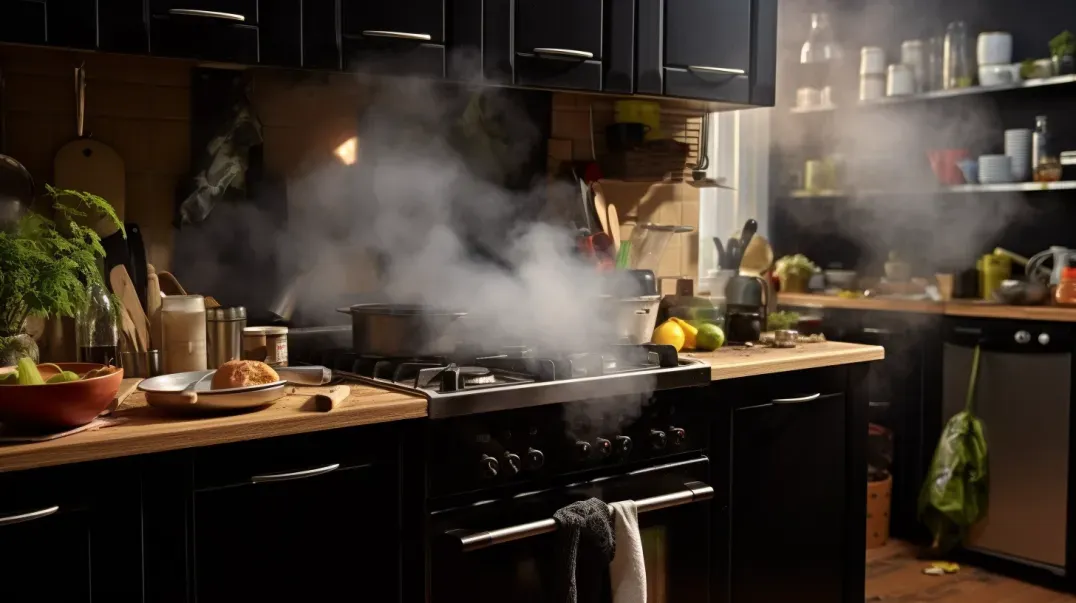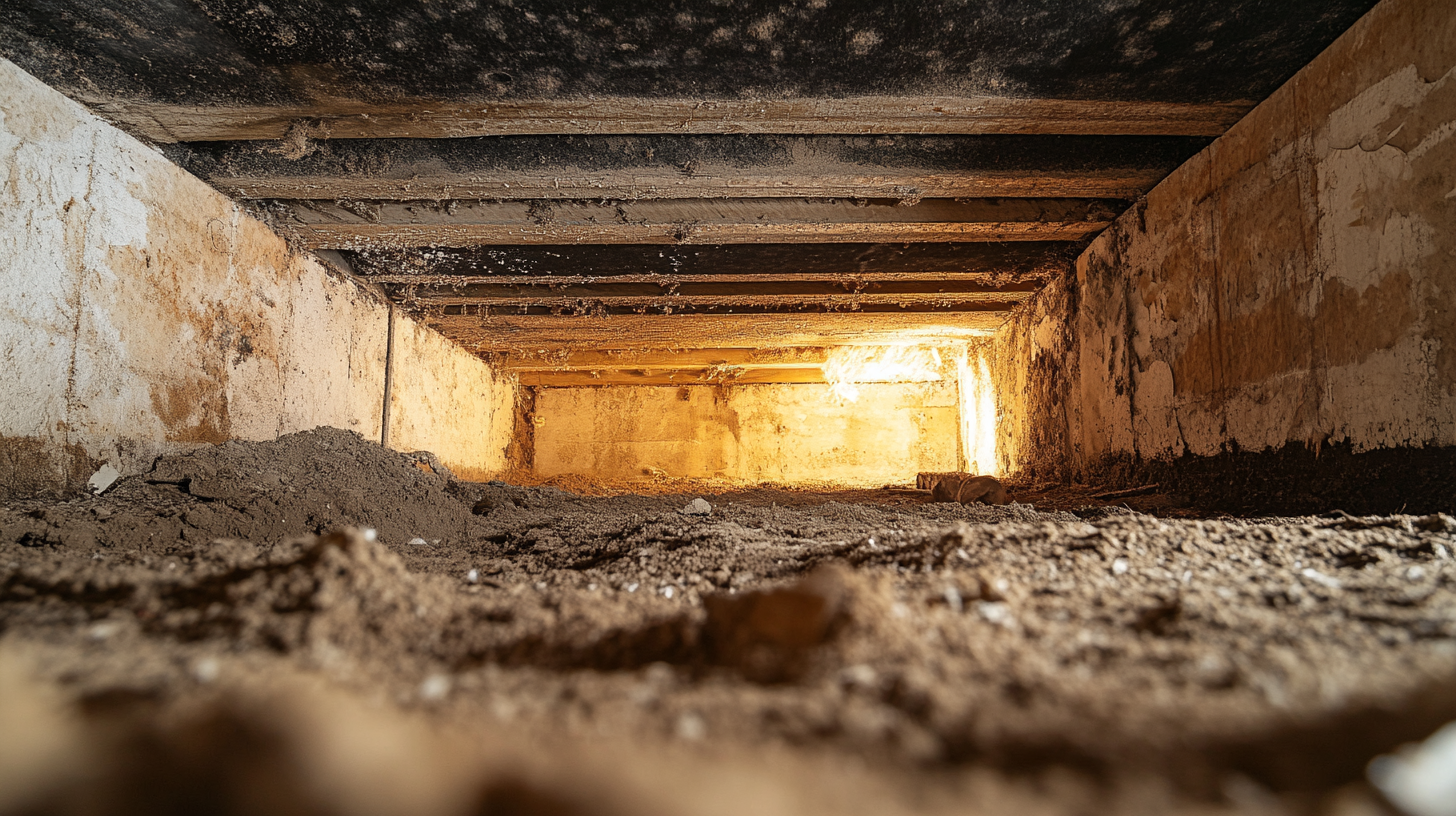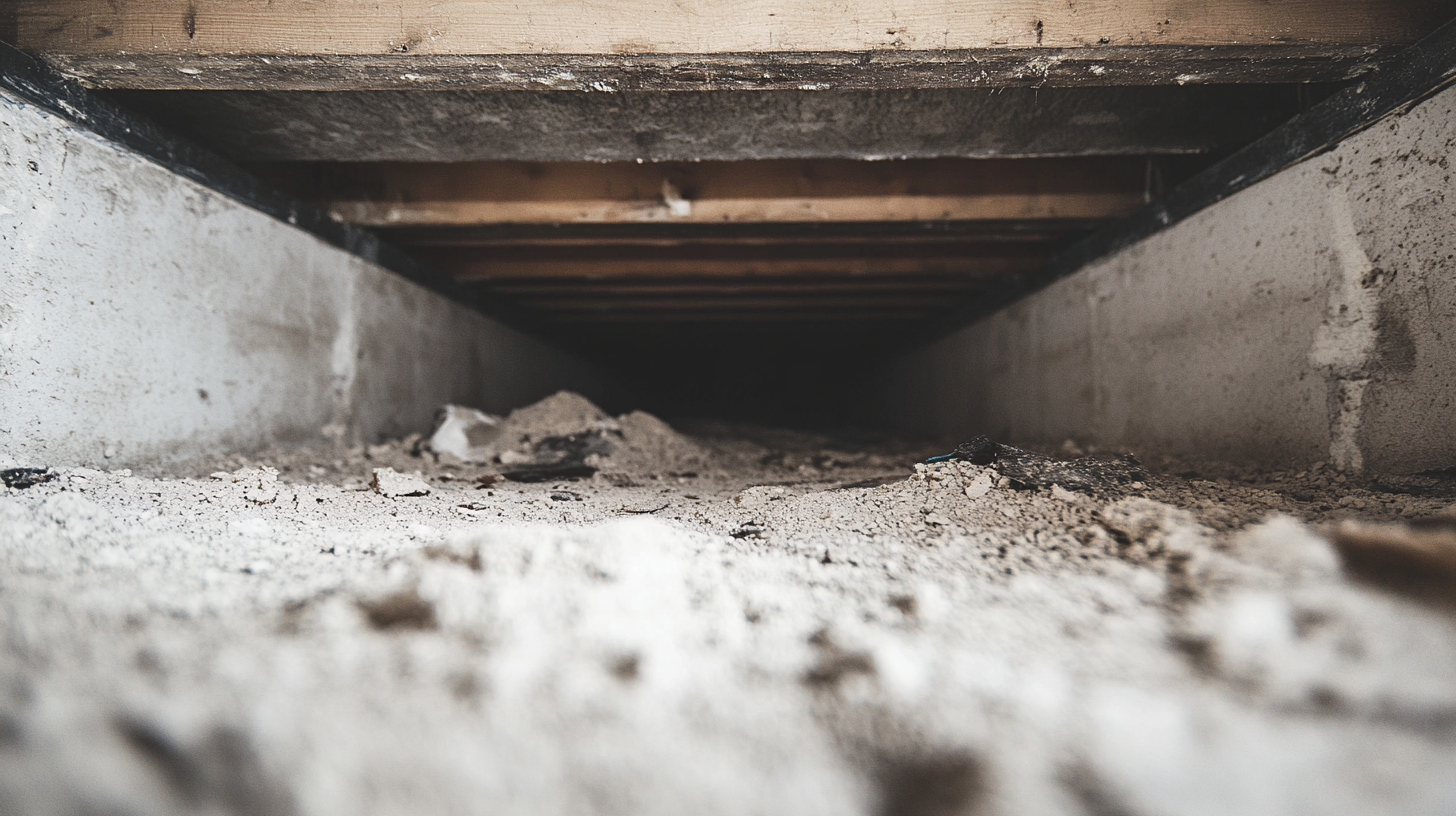Soot Removal from Carpets: A Comprehensive Guide

Soot, a fine black powder resulting from incomplete combustion, is not just a superficial nuisance; it represents a significant challenge for homeowners and cleaning professionals alike, especially when it comes to carpets. Unlike other forms of dirt and debris, soot particles are minuscule, oily, and highly invasive, making them particularly difficult to remove once they've settled into the fibers of a carpet. The presence of soot within the weave not only detracts from the aesthetic appeal of the carpet but can also affect indoor air quality and pose health risks to occupants.
This blog delves into the multifaceted challenges posed by soot contamination in carpets, highlighting the unique properties of soot that make it a formidable foe in home cleanliness and maintenance. From its ability to deeply embed itself into carpet fibers to the potential for causing lasting stains and odors, we explore why soot removal requires more than just standard cleaning techniques. Understanding the nature of soot and its behavior in carpets is crucial for effective cleaning and restoration, ensuring that your living spaces remain clean, healthy, and visually pleasing.
Join us as we unravel the complexities of soot contamination in carpets, offering insights into why this issue demands specialized attention and strategies for successful removal. Whether you're dealing with the aftermath of a fireplace puff-back or the residue left by candles, this guide aims to equip you with the knowledge and techniques needed to tackle soot head-on, restoring your carpets to their former glory.
Understanding Soot and Its Impact on Carpets
Soot contamination in carpets is a pervasive issue that can lead to significant aesthetic and health problems if not properly addressed. This section of our blog aims to shed light on the nature of soot, how it interacts with carpet fibers, and the potential risks associated with inadequate removal efforts. By understanding these aspects, homeowners and cleaning professionals can take more effective steps toward mitigating soot's impact.
The Nature of Soot
Detailed Information on the Composition of Soot and How It Adheres to Carpet Fibers
Soot is a complex mixture of tiny carbon particles that result from the incomplete combustion of organic materials, such as wood, oil, or coal. These particles are not only incredibly small—often less than 2.5 micrometers in diameter—but also possess a unique, oily texture that allows them to cling tenaciously to surfaces, including carpet fibers. This oily residue can make soot particularly challenging to remove, as it requires more than just vacuuming or standard cleaning solutions. Understanding the composition and behavior of soot is crucial for developing effective strategies for its removal, ensuring that efforts to clean carpets do not inadvertently cause the particles to become further embedded or spread.
Risks of Improper Soot Removal
Potential Damage to Carpets and Health Risks Associated with Inadequate Soot Removal
Improper soot removal techniques can exacerbate the problem, leading to permanent damage to carpet fibers and potentially posing health risks to occupants. When soot is not thoroughly removed, its acidic nature can degrade carpet fibers over time, leading to discoloration, weakening of the material, and a reduction in the overall lifespan of the carpet. Additionally, soot particles that remain in the carpet can become airborne with foot traffic and air currents, degrading indoor air quality and posing respiratory risks, especially to individuals with pre-existing conditions such as asthma or allergies. Effective soot removal, therefore, is not just about maintaining the appearance of carpets but also about safeguarding the health of the home's occupants.
Preparing for Soot Removal from Carpets
Successfully removing soot from carpets requires careful preparation and an understanding of the extent of contamination. This preparation not only helps in determining the most effective cleaning methods but also in preventing further damage to the carpets and ensuring the safety of the individuals involved in the cleaning process. Below, we outline essential steps for assessing soot damage and gathering the necessary supplies for soot removal.
Assessing the Extent of Soot Damage
Guidelines for Evaluating the Severity of Soot Contamination in Carpets
Before beginning the cleaning process, it's important to assess the extent of soot damage. This assessment can help determine the level of cleaning required and whether professional assistance might be needed. Start by visually inspecting the affected area under adequate lighting. Note the size of the contaminated area and the depth of soot penetration into the carpet fibers. It's also crucial to assess the type of carpet material, as some materials may require special care. For severe contamination, consider consulting a professional cleaning service, especially if the soot is widespread or if the carpet is made of delicate materials.
Gathering Necessary Supplies
List of Tools and Cleaning Agents Needed for Effective Soot Removal
Having the right tools and cleaning agents is essential for effectively removing soot from carpets. Here is a list of supplies you'll need:
- Vacuum Cleaner: A high-quality vacuum cleaner with a HEPA filter is essential for removing loose soot particles without spreading them further.
- Chemical Soot Remover: Choose a soot remover specifically designed for carpets. Ensure it's suitable for your carpet's material.
- Protective Gear: Gloves, N95 masks, and goggles are necessary to protect yourself from soot particles during the cleaning process.
- Soft-Bristled Brushes: Soft brushes can help loosen soot particles from carpet fibers without causing damage.
- Microfiber Cloths: These cloths are useful for gently blotting and removing soot residues.
- Bucket and Warm Water: For diluting cleaning agents, if applicable.
- Fans or Air Purifiers: These can help ventilate the area and reduce airborne soot particles during and after cleaning.
Prepare your cleaning area by ensuring good ventilation and removing any furniture or items that could obstruct the cleaning process. It's also wise to perform a spot test with your chosen cleaning agents on a small, inconspicuous area of the carpet to ensure they do not cause discoloration or damage.
Step-by-Step Guide to Soot Removal from Carpets
Removing soot from carpets can be a daunting task, given the substance's oily nature and tendency to embed deeply into fibers. However, with the right approach and tools, you can effectively clean your carpets and restore them to their pre-soot condition. This guide provides a step-by-step approach to soot removal, covering everything from initial particle removal to deep cleaning techniques.
Initial Soot Particle Removal
Techniques for Safely Removing Loose Soot Particles Without Spreading
Avoid Direct Contact: Before starting, ensure you're wearing gloves and a mask to avoid soot exposure. Soot can be harmful if inhaled or if it comes into contact with your skin.
- Vacuuming Tips: Use a high-efficiency particulate air (HEPA) vacuum cleaner to remove loose soot particles. A HEPA vacuum is effective at trapping fine particles without spreading them into the air. Start vacuuming from the outer edge of the soot stain and work your way inwards to prevent spreading the soot. Avoid using brush attachments or beater bars, as these can push soot deeper into the carpet fibers.
- Gentle Patting: If vacuuming isn't an option, gently pat the affected area with dry cleaning sponges. These sponges are specially designed to absorb soot without smearing it across the carpet.
Deep Cleaning Soot-Stained Carpets
Detailed Instructions for Treating and Removing Soot Stains from Carpets
Pre-Treatment: Lightly sprinkle baking soda or cornstarch over the soot-stained area and let it sit for at least an hour. These substances can help absorb some of the oily residues, making the soot easier to remove.
- Choosing Cleaning Solutions: Opt for a dry-cleaning solvent or a carpet shampoo designed for soot removal. Test any cleaning solution on an inconspicuous area of the carpet first to ensure it doesn't cause discoloration.
- Application: Apply your chosen cleaning solution according to the manufacturer's instructions. For many solutions, you'll need to gently work it into the carpet with a sponge or soft-bristled brush, starting from the outside of the stain and moving inward.
- Rinsing and Drying: After treating the area, blot it with a clean, damp cloth to remove any remaining cleaning solution. Then, allow the carpet to air dry completely. Avoid using heat to dry the carpet, as this can set any remaining soot into the fibers.
Repeat if Necessary: Soot stains can be stubborn. You may need to repeat the cleaning process to fully remove the stain.
Do's and Don'ts of Soot Removal from Carpets
Removing soot from carpets requires careful attention to detail and an understanding of the best practices to ensure effective cleaning without causing damage. This guide outlines essential tips and techniques for soot removal, as well as common pitfalls to avoid, helping you restore your carpets to their original condition while maintaining their integrity.
Best Practices for Effective Cleaning
Tips and Techniques to Ensure Thorough Soot Removal and Carpet Care
Do Vacuum First: Always start with vacuuming to remove any loose soot particles. Use a HEPA filter vacuum cleaner without a brush attachment to prevent the soot from embedding deeper into the carpet fibers.
- Do Use Appropriate Cleaning Solutions: Opt for cleaning solutions specifically designed for soot removal. Test any cleaner on a small, inconspicuous area of the carpet first to ensure it doesn't cause discoloration or damage.
- Do Blot, Don't Rub: When applying cleaning solutions, gently blot the stain. Rubbing can spread the soot and make the stain worse. Use a clean, white cloth to avoid transferring any dyes onto the carpet.
- Do Ensure Proper Ventilation: Keep the area well-ventilated during and after the cleaning process to help dissipate any fumes from cleaning products and to aid in drying.
- Do Consult Professionals for Severe Cases: If the soot contamination is extensive or if the carpet is delicate, consider hiring a professional cleaning service that specializes in soot and smoke damage.
Common Mistakes to Avoid
Actions That Can Worsen Soot Stains or Damage Carpets
- Don't Use Water Initially: Avoid using water or water-based cleaners on soot stains initially, as they can cause the soot to spread and penetrate deeper into the carpet fibers.
- Don't Skip Protective Gear: Failing to wear gloves and a mask can expose you to harmful particles. Always protect yourself during the cleaning process.
- Don't Rush the Drying Process: Avoid using heat or direct sunlight to dry the carpet quickly. Let the carpet air dry naturally to prevent the heat from setting the stain.
- Don't Ignore the Underlay: Soot can penetrate to the carpet's underlay. If odors persist after cleaning the carpet, the underlay may need to be replaced.
- Don't Use Colored Cloths for Cleaning: Using colored cloths or sponges can transfer dyes onto the carpet, leading to additional staining. Always use white or colorfast cloths.
Aftercare and Preventive Measures
Successfully removing soot from carpets is only part of the battle; proper aftercare and preventive measures are crucial to maintain the carpet's condition and prevent future contamination. This guide provides essential advice on post-cleaning maintenance and tips for minimizing soot and smoke exposure to carpets, ensuring long-term cleanliness and durability.
Post-Cleaning Carpet Maintenance
Advice on Drying and Restoring Carpets After Soot Removal
Ensure Thorough Drying: After cleaning, it's imperative that carpets are allowed to dry completely before being walked on or replaced with furniture. Use fans or dehumidifiers to aid in the drying process, ensuring that no moisture remains, as this could lead to mold or mildew growth.
- Vacuum Regularly: Post-cleaning, vacuum the carpet regularly with a HEPA filter vacuum to remove any residual soot particles that may surface over time. This also helps to restore the carpet's pile and texture.
- Professional Inspection: Consider having the carpet inspected by a professional cleaner after it has dried. They can assess whether any further treatment is needed and provide deep cleaning if necessary.
- Refresh Carpet Padding: In cases of severe soot contamination, replacing the carpet padding may be necessary to eliminate odors and prevent long-term damage.
Preventing Future Soot Accumulation
Tips for Minimizing Soot and Smoke Exposure to Carpets
Regular Chimney Cleaning: If your home has a fireplace, ensure the chimney is cleaned annually to reduce soot and smoke output.
- Use Air Purifiers: Place air purifiers in rooms with carpets, especially if indoor smoking is a factor. Air purifiers can help filter out soot particles before they settle on surfaces.
- Candle Placement: Be mindful of where candles are placed. Keep them away from carpeted areas and ensure there's sufficient distance between the candle and any surface to prevent soot deposits.
- Maintain HVAC Systems: Regularly replace filters in your HVAC system to reduce the circulation of soot and other particulates throughout your home.
- Smoke Outside: Encourage smokers to smoke outside the house to prevent soot and smoke particles from settling on indoor surfaces, including carpets.
FAQs
Contact Fast Response Cleaning & Restoration Today!
Fast Response Cleaning & Restoration will do everything we can to ensure your experience with us is excellent.
Request A FREE Estimate
Request A FREE Estimate Form
CHECKOUT RECENT POST



Have an Emergency? We're Here to Help!
When it comes to disaster cleanup, we are a seasoned veteran in the industry and have helped hundreds of property owners just like you.
Our disaster recovery teams are available 24-7 to quickly clean up and repair disasters of all types.
